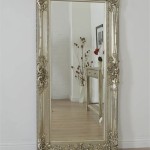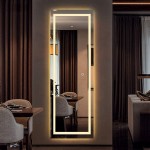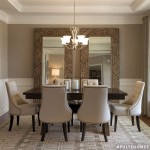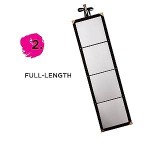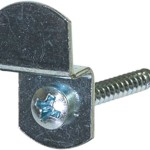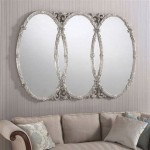DIY Frame Out Bathroom Mirror: A Step-by-Step Guide
A bathroom mirror can be a focal point in the space, adding visual interest and functionality. However, store-bought mirrors can be expensive, and finding one that perfectly complements your bathroom's aesthetic can be challenging. A DIY frame-out bathroom mirror project offers a cost-effective and customizable solution. With a little creativity and some basic tools, you can transform an ordinary mirror into a stylish statement piece that elevates your bathroom's design.
Choosing the Right Mirror and Framing Material
The first step in framing out a bathroom mirror is selecting the appropriate mirror and framing material. Consider the size and shape of the mirror you want to use. A large, rectangular mirror is a classic choice, while a smaller, round mirror can add a touch of whimsy. For the framing material, the options are endless. Wood is a popular choice due to its versatility and availability. You can choose from various wood types, finishes, and thicknesses to create a unique look. Other materials like metal, tile, or even rope can be used to create interesting and unconventional frames.
Think about the style of your bathroom and your desired aesthetic. For a traditional bathroom, a classic wood frame with ornate details might be suitable. A modern bathroom might benefit from a sleek metal frame or a minimalist wood frame with clean lines. The color of the framing material also plays a significant role in the overall look. A light-colored frame can create a sense of space and airiness, while a darker frame can add drama and depth.
Preparing the Mirror and Framing Material
Before you begin assembling the frame, it's essential to prepare the mirror and framing material properly. Clean the mirror thoroughly using a glass cleaner and microfiber cloth. This will remove any dust, dirt, or fingerprints that might interfere with the adhesive later on. If the mirror has any imperfections, you may want to sand them down lightly before proceeding.
Next, prepare the framing material. If you're using wood, cut the pieces to your desired length and width using a saw. It's essential to make precise cuts to ensure that the frame fits together properly. If you're using metal, you may need to cut it using a metal-shearing tool or a jigsaw with a metal-cutting blade.
Assembling the Framed Mirror
With the mirror and framing material ready, it's time to assemble the framed mirror. This process will vary depending on the chosen materials and the desired look.
If you're working with wood, you can attach the pieces together using wood glue and nails or screws. For a more secure and durable frame, you can use a miter saw to create mitered joints, which will create a seamless and professional look. Metal framing typically involves attaching the pieces together using screws or rivets.
Once the frame is assembled, you can attach the mirror to the frame using a strong adhesive, such as construction adhesive or epoxy. Apply the adhesive evenly to the back of the frame and carefully press the mirror into place. Make sure the mirror is centered and secure before allowing the adhesive to dry fully. Finally, add any finishing touches, such as painting the frame or adding decorative elements like hardware or trim.

Mirror Frame Diy How To Update A Basic Bathroom Our Faux Farmhouse

Diy Framed Bathroom Mirrors Living With Lady

Diy Stick On Mirror Frame Sawdust Sisters

20 Creative Diy Mirror Frame Ideas To Inspire Your Next Project Bathroom Mirrors Makeover

Diy Bathroom Mirror Frame Without Removing Clips Her Happy Home

How To Make A Diy Bathroom Mirror Frame Thediyplan

Diy Bathroom Mirror Frame For Under 10 O Hayley Blog

Bathroom Renovation Diy Mirror Makeover My Happy Simple Living

Mirror Frame Diy How To Update A Basic Bathroom Our Faux Farmhouse

Diy Bathroom Mirror Frame With Molding The Happier Homemaker

